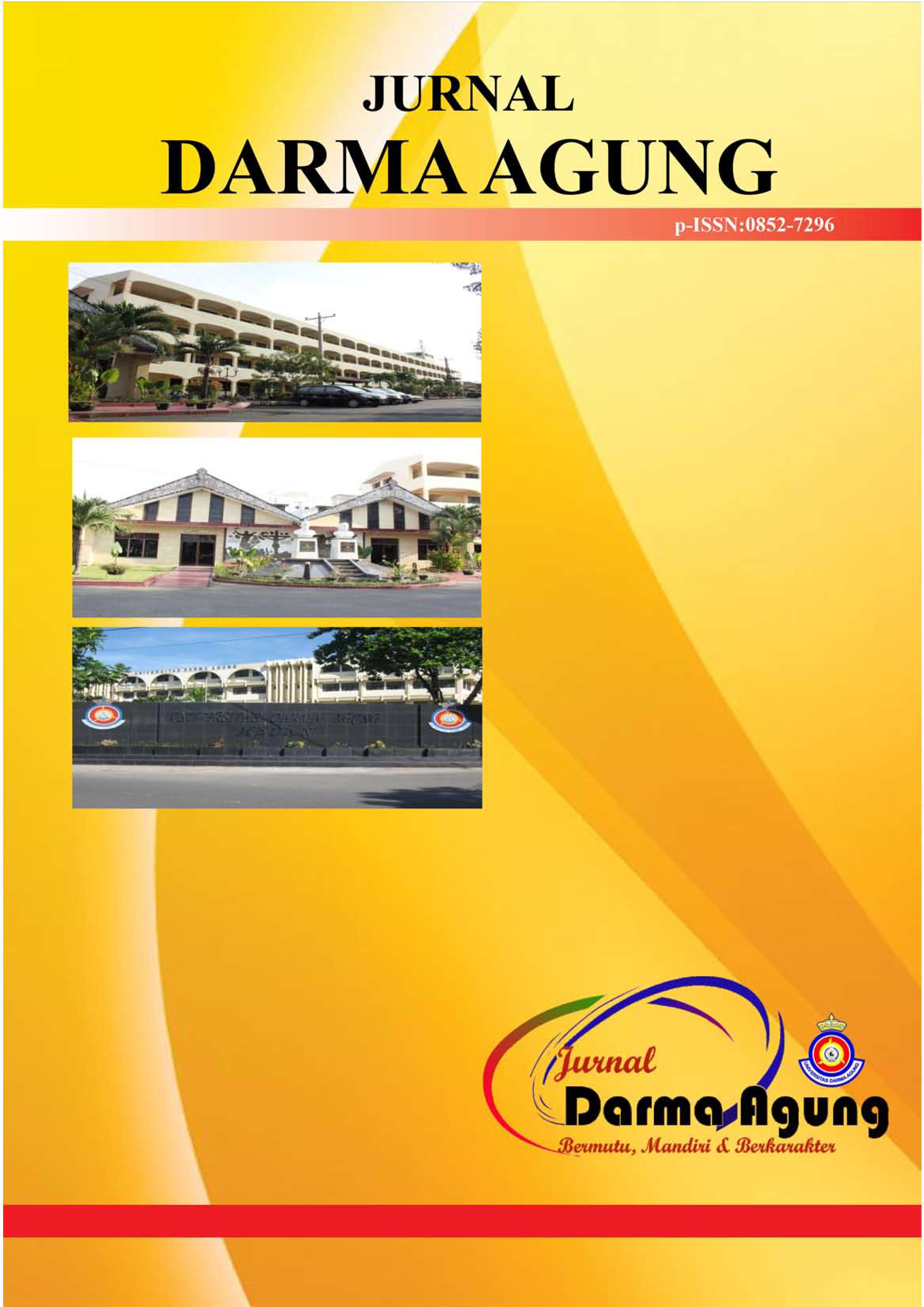ANALISA PENGGUNAAN DAYA LISTRIK MOTOR HOIST DAN MOTOR TROLLEY PADA CONTAINER CRANE
Abstract
Terminal Peti Kemas memiliki peran yang sangat penting dalam mendorong pertumbuhan ekonomi dan perdagangan, terutama di sektor industri di wilayah barat Indonesia. Permintaan akan layanan pelabuhan yang diproduksi oleh terminal ini menyebabkan peningkatan aktivitas di pelabuhan, yang secara langsung memengaruhi kinerja Container Crane. Alat ini dilengkapi dengan berbagai motor utama seperti motor hoist, motor trolley, motor gantry, dan motor boom. Tujuan dari penelitian ini adalah untuk menganalisis daya yang digunakan oleh motor hoist dan motor trolley saat mengangkat beban peti kemas pada Container Crane (CC). Analisis daya ini terdiri dari dua bagian, yaitu analisis daya motor hoist selama proses angkat (hoist-up) dan analisis daya motor trolley selama proses mundur trolley (trolley-reverse). Penelitian ini dilakukan berdasarkan parameter pengukuran yang tersedia pada sistem Container Crane. Dengan melakukan analisis daya ini, diharapkan dapat dipahami rata-rata daya yang dibutuhkan oleh motor hoist dan trolley dalam menjalankan operasi Container Crane.

This work is licensed under a Creative Commons Attribution-NonCommercial-NoDerivatives 4.0 International License.
An author who publishes in the Jurnal Darma Agung agrees to the following terms:
- Author retains the copyright and grants the journal the right of first publication of the work simultaneously licensed under the Creative Commons Attribution-ShareAlike 4.0 License that allows others to share the work with an acknowledgement of the work's authorship and initial publication in this journal
- Author is able to enter into separate, additional contractual arrangements for the non-exclusive distribution of the journal's published version of the work (e.g., post it to an institutional repository or publish it in a book) with the acknowledgement of its initial publication in this journal.
- Author is permitted and encouraged to post his/her work online (e.g., in institutional repositories or on their website) prior to and during the submission process, as it can lead to productive exchanges, as well as earlier and greater citation of the published work (See The Effect of Open Access).













